International Academic Exchange: ICIers Participated in the ECNU-STANFORD International Academic Week
2019-12-03
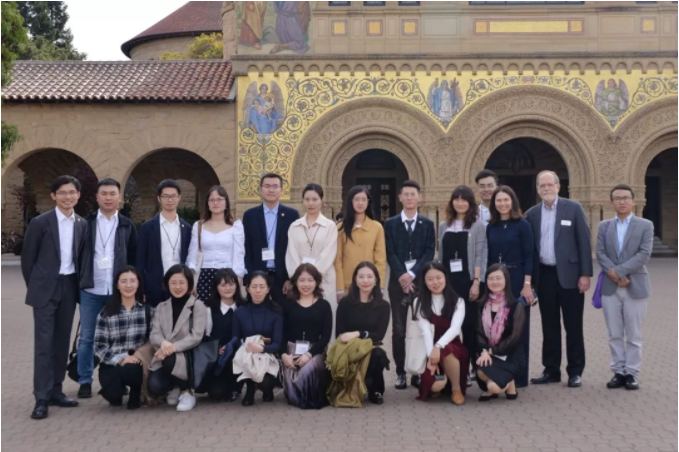

International academic week is originally set up to improve the international level of the Faculty of Education effectively and promote the cooperation and exchanges between East China Normal University (ECNU) and high-level universities all over the world.
At the beginning of this year, the Faculty of Education, ECNU and the School of Education of Stanford University formally established a mechanism for academic exchange of graduate students. From March 25 to 29, Professor Geoffrey Cox, Associate Dean of School of Education, Stanford, led 15 members to ECNU, the first part of International academic week was launched.
Thanks to this opportunity of peer-to-peer exchange, from November 10 to 22, nine scholars and students of ICI, together with ten scholars and students from other departments of the Faculty of Education, visited School of Education, Stanford.

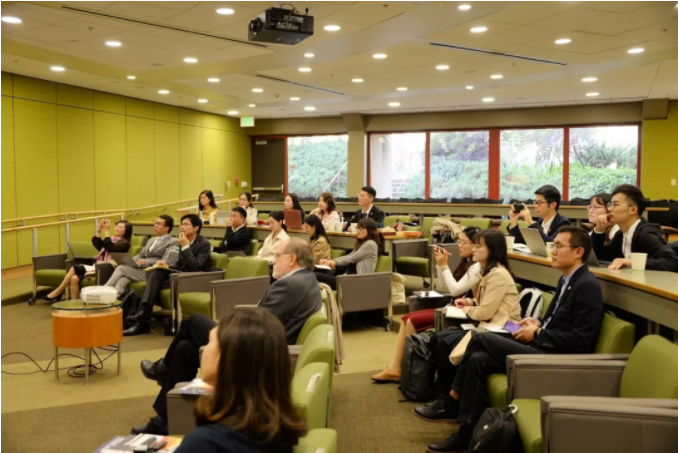

Learn in Discussion
At 9: 00 a.m. on November 11, Professor Geoffery Cox, Associate Dean of the School of Education of Stanford University, presided over the meet-and-greet. Professor Daniel L. Schwartz, Dean of the School of Education, extended a warm welcome to the visiting scholars and students of ECNU. After the reception, two academic reports were launched, mainly focused on the cultivation of students’ thinking with the assistance of technology, and the comparison and evaluation of PISA tests.

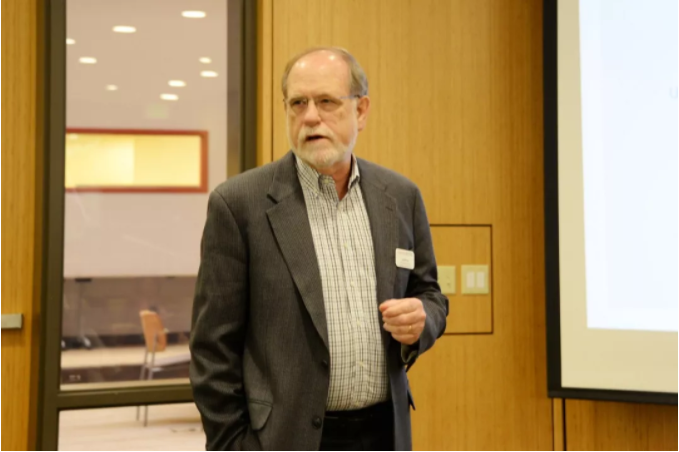
Professor Geoffery Cox
Associate Dean of the School of Education, Stanford University

1. Teaching thinking with technology
Professor Daniel L. Schwartz, dean of the School of Education of Stanford University, has designed and developed a series of teaching software called Teachable Agents, which was based on distributed cognition. The software aims to input students’ cognition into a virtual object for in-depth learning activities such as logical reasoning, namely “learning in instructing”. The comparative study shows that this series of software can obviously promote the development of students’ abilities such as causal reasoning, logical thinking, selective evaluation and so on.

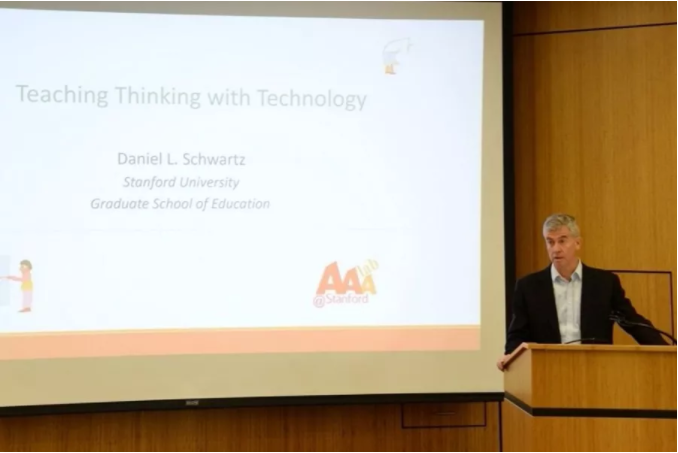
Professor Daniel L. Schwartz
Dean of the School of Education, Stanford University

In the Q&A session, Professor Schwartz said that similar to the current situation of the development of educational technology in China, the application of its software is still in a bottleneck stage. The low demand for the software in daily instructing lead to a significant disconnection between the research and application of educational technology.


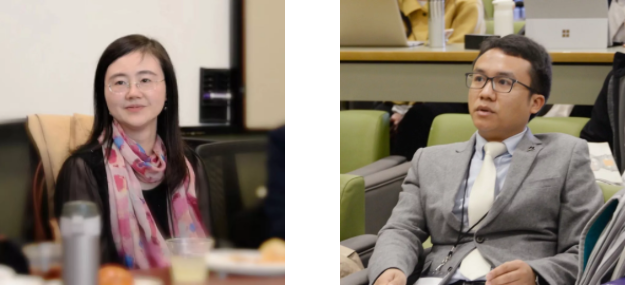
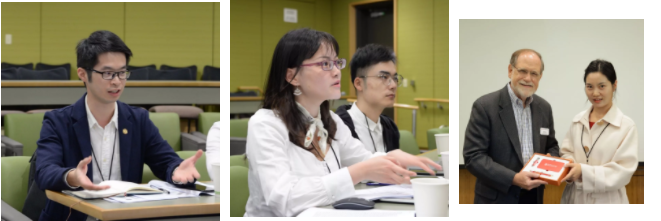

2. Making comparative researches of PISA more valuable
Professor Martin Carnoy, a famous international educational economist, labor economist and political economist, interprets the relevant comparative research around the international test PISA. Professor Carnoy believes that the primary task of data-based quantitative analysis is to find and respect the comparability of data. He believes that comparative studies within the cultural circle based on international tests, especially vertical comparative studies, are more useful for educational policy-making, and that relying solely on test rankings or imitating a certain educational model violates the original intention of international tests such as TIMSS and PISA. He also stressed that comparative research based on international tests could not be separated from the purpose of education itself, and it is terrible to use international comparative test data to turn them into political propaganda. At the same time, he also points out that the application of PISA test data and results to the comparison of different regions and different periods of time in the same school may be of more reference value. In the discussion session, Professor Carnoy also interprets the respective educational aesthetics and values of the East Asian cultural circle and the European and American cultural circle, he believes that a good education is the one that adapt to the existing culture.

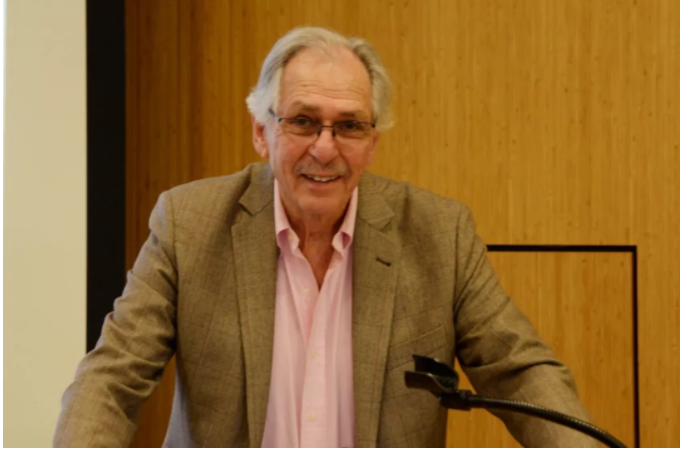
Professor Martin Carnoy
School of Education, Stanford University

Lunch Seminar: Greating a Lifelong Learning Marketplace
At noon, Stanford University prepared lunch for visiting researchers. Professor Mitchell Stevens was invited to share his study. Professor Stevens discusses the current situation and possibility of the development of higher education in the United States from the perspective of market supply and demand and information symmetry. Later, scholars and students at the scene had a rich and extended discussion on the current situation and policies of China and the United States, the prosperity of “shadow education” and the differentiation of elite education, as well as the issue of university enrollment.
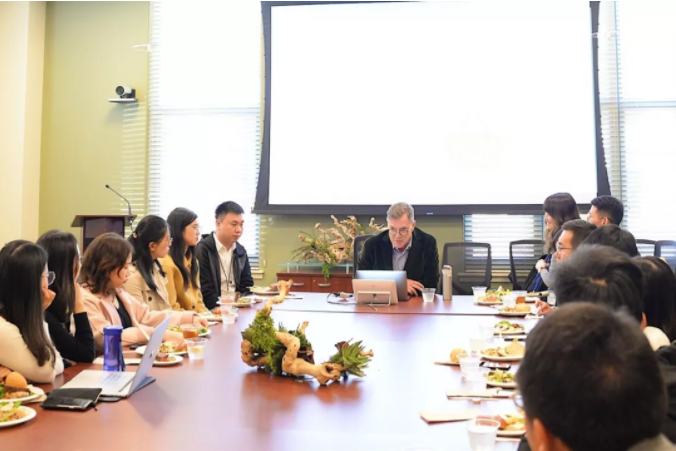
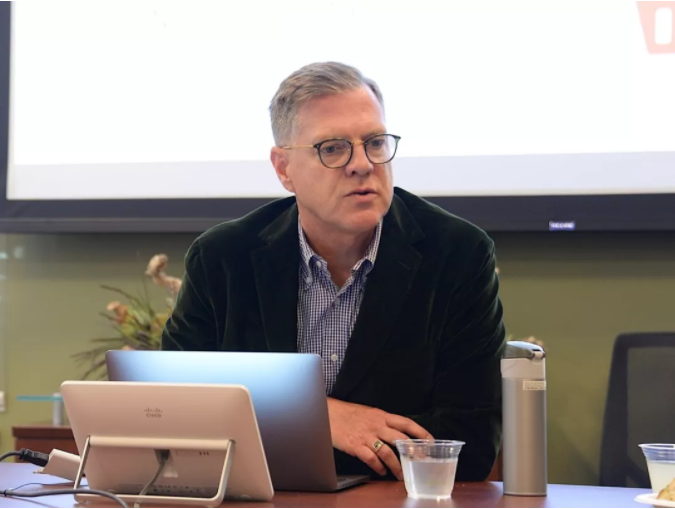
Professor Mitchell Stevens
School of Education, Stanford University
Learn in practice
1. GSE Makery: Multi-domain Integration, Change the Way of Learning
After lunch, the delegation went to GSE Makery. The Stanford University has a number of creator laboratories, and integrates creator education in many courses and teaching links, such as subject education, teacher education, educational technology and so on. The original intention of GSE Makery is to explore the change of learning style by Making. The studio provides a range of high-tech and basic engineering equipment and supplies, including hot glue guns and sewing machines, woodworking tools and soldering irons, laser cutting machines and 3D printers.

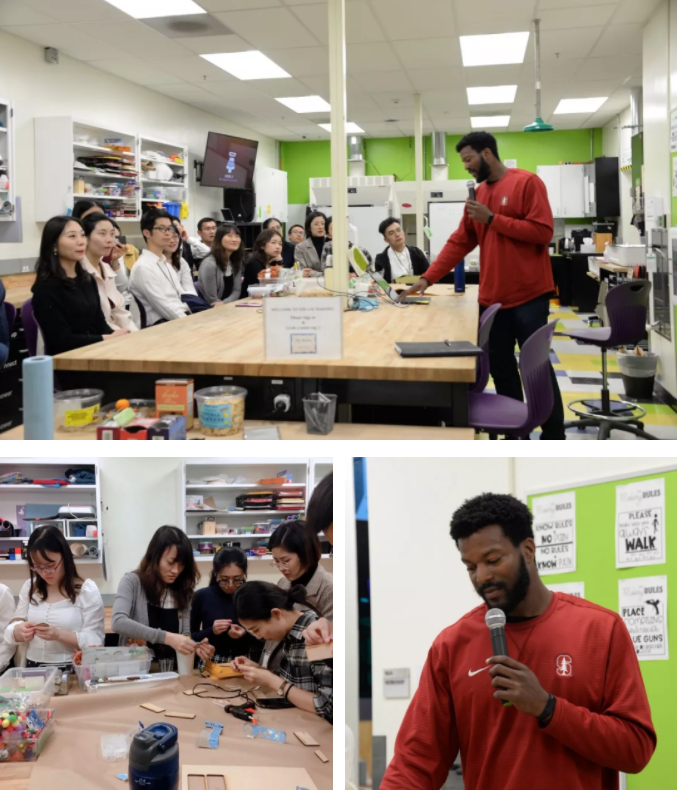
Aaron Ragsdale
School of Education, Stanford University

2. D. School: Interdisciplinary Collaboration, Practice Design Thinking
The delegation also visited D.school at Stanford. D.school takes the cultivation of design thinking and creative thinking as the core, takes active cooperation, problem innovation, and cultural freedom as the working spirit, and helps people release or create their own creative potential through teaching and learning, social system design, educational reform, higher education innovation and other projects, and apply it to practice.

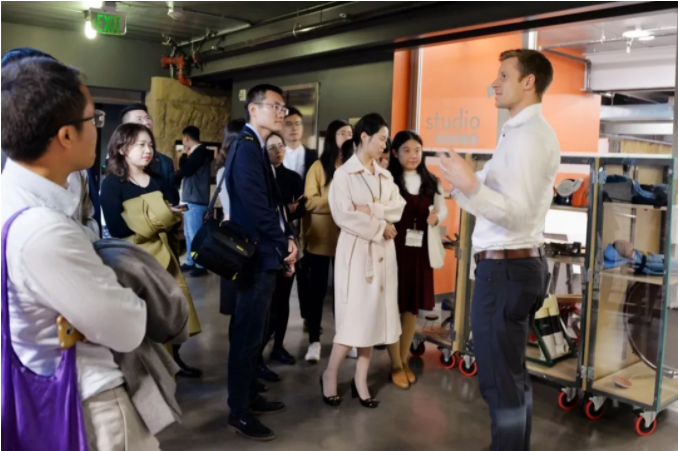
John Armstrong
School of Education, Stanford University
Academic cooperation
During the academic week, teacher representatives from both sides also conducted in-depth discussions and exchanges on international cooperation between ECNU and Stanford University, including the promotion of the English journal ECNU Review of Education, the Springer China Curriculum Reform Book Series etc.

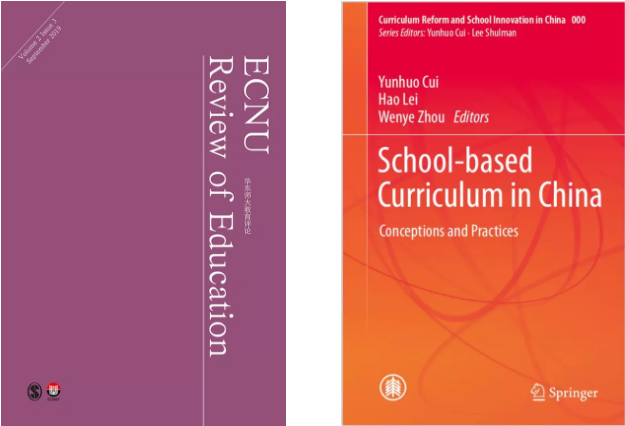
What will they do in the next ten days?
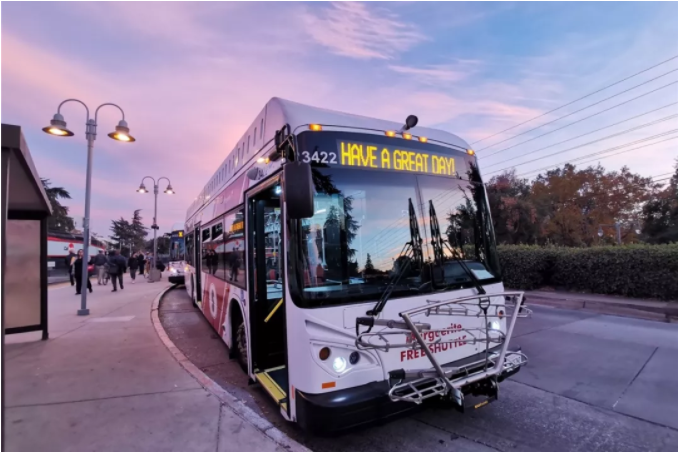
Academic exchange mainly including the following four parts. First, selecting superior disciplines and pay attention to cutting-edge academic research. Second, visiting primary and secondary schools with multi-system and characteristic. Third, focus on the characteristics of Silicon Valley and pay attention to the integration and innovation of education and science and technology. Fourth, individual communication and in-depth exchanges between Chinese and American teachers and students.